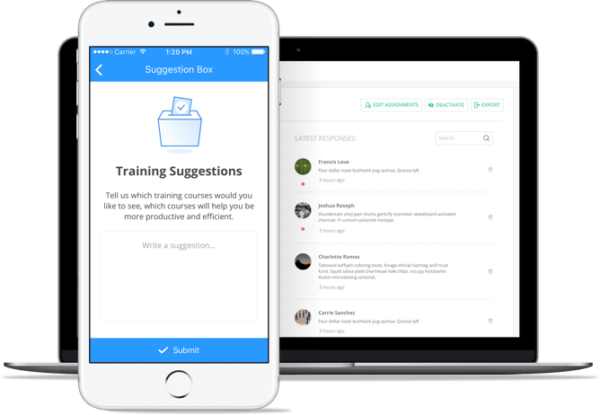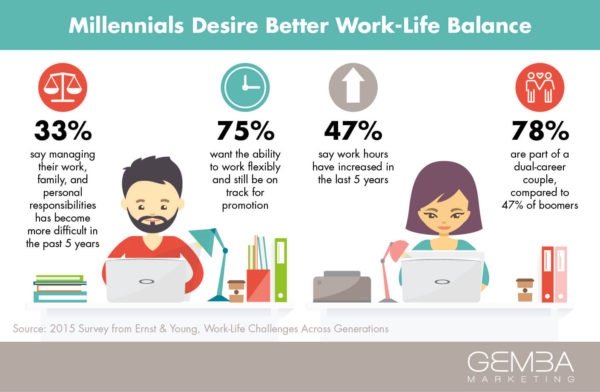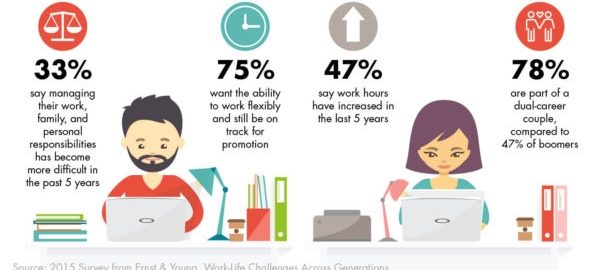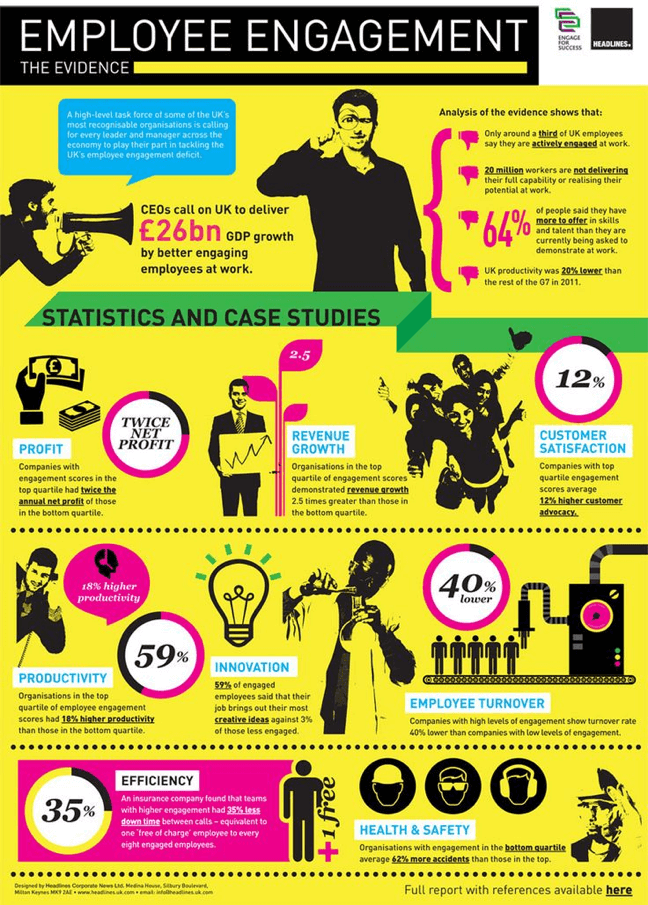— July 9, 2018
Being a manager can suck because you have to deal with absenteeism, fatigue, conflict and performance issues. If one or more employees display these issues in the workplace it can bring an entire department or business down. And if it affects morale the team is on a slippery slope to being less productive and happy. But the good news is that creative management, if applied correctly, can solve most of these and other issues in the workplace.
What is creative management?
Creative management is the art of finding and solving problems in different ways. To be a creative manager means that you’re open to trying new things. You have to be flexible. You realize that your team aren’t all the same and that one technique may motivate one employee but may not be as effective on another.
Why are so many managers looking to it to solve their problems?
Managers are realizing that in order to solve complex or tricky problems they need to bring a bit of ingenuity and creative thinking to the workforce. Gone are the days when a ‘one size fits all’ approach will do. The workforce, these days, consists of different people from all walks of life and this is why creative management skills are often drawn upon to fix lingering problems and conflicts.
21 Creative Management Ideas that Work:
1. Change Ambassadors
While change may be seen as a positive in an organization it may still be perceived in a negative light by employees. A change ambassador could work wonders in an organization going through fundamental changes like mergers, management structures or process redesign. If you are looking for an employee who could be a change ambassador within your business identify the early adopters in your business. They’re typically the ones to embrace change first so would have the latest gadgets and technology. They’re the ones that will help you to inspire the employees and help them to adapt to situations positively.
2. Employee segments
Change can take time and if you tackle everything at once things could take even longer to implement. You can describe this approach as ‘a road paved with small victories’. Here a manager has to segment the transition into phases, stages or activities in a controlled manner. This will help to reduce the magnitude of some tasks and help employees to be able to cope with the change more effectively.
3. Employee engagement
You can’t just have the flow of information head in one direction. Some companies just send information from the top down or receive information from the bottom up. But in order to create engagement with your employees the information has to flow both ways. To get employees to engage with managers and vice versa you need to create the right conditions for all members to commit and give their all. They need to feel motivated and be able to engage with others in the workplace easily.
4. Get mobile
If your employees don’t need to work using desktops then make them more mobile and equip them with laptops and phones. Mobility is a business strategy that can no longer be overlooked because it has so many benefits. It can cut down commute times which could translate to more time being dedicated to the task at hand and, according to one report, mobility leads to 30% better processes, 23% more productivity and 100% more satisfied employees. Technology enables employees to stay in touch wherever they may be: out on the road, at home or at work. There’s no reason to be stuck in one place during working hours.
5. Periodical progress updates
If you are engaged in a big project with many team members involved its vital to engage in progress updates to ensure that everyone is on the same page and engaging with the project and the next steps that need to be conducted. These need to be done regularly and, very importantly, need to be recorded. Make use of project tools and apps to keep track of the progress your team is making on a task. Make sure that whatever tool you use that your employees are able to engage with management and provide feedback.
6. Employee feedback programs
It’s important to get information and feedback from everyone within the organisation. Getting different points of view can benefit business growth, boost employee engagement and bring ideas to the table that may have not been considered before.
Create an employee feedback program – this can take the form of questionnaires, quizzes, individual interviews and all this interaction can be done through technology through an app. This can all be done through Connecteam.

7. Gamification
Games can make mundane tasks more fun. If you gamify tasks it could make even the most uninspired employee to take part. It’s boring if your employees’ reward at the end of the day is the same check that they get at the end of the month. Use gamification in the workplace to spruce things up and motivate employees to do better. Perhaps you can give cash rewards or time off to the person who gets the most sales?
8. Innovations vs. Digitization
You can be innovative in the way you reward people, the way you approach problems or the way you motivate people. These do not require technology. But digitization means that you convert from a manual process to one that requires the use of technology. You can be innovative in your approach but if you don’t embrace technology you may not be as efficient.
9. Opposite day
Do you have any idea what it takes to report to you? Are you confident that your employees have all the information, tools and time they need to do their jobs? If not, perhaps its time to adopt an ‘opposite day’ policy and if you have a large team make it a regular event until all the roles and responsibilities are understood. Let the employees be bosses for the day while you take on their roles and learn from the experience!
10. Keep to a HARD timeline
It’s easy to kick the can down the road if you feel that a project is ‘just not done yet’. But this kind of thinking could result in you getting stuck in a loop where the project is caught up in an endless spiral of delays. Instead, launch a new initiative even if everyone involved doesn’t think it’s ready. The quicker you go the less chance you have of your projects getting bogged down in red tape and meetings after meetings to tinker and refine it when it’s just not necessary.
11. Balance work and personal lives
It’s safe to say that the majority of people do not like working many more hours than they have to. Employees long to be with their children, taking time off to socialize with friends or to watch or do sports. Work-life balance is a term that refers to the balance a person needs between the time dedicated to work and other aspects of their life. To ensure that employees are able to put work behind them when they leave the office, don’t allow them to take work home with them.

Alternatively, if they are finding it difficult keeping to the typical working hours, provide flexibility especially for working moms and dads. Currently, technology enables managers and employees to keep in contact even if they’re not in the same building. So embrace technology and allow your employees to get that work/life balance they crave.
12. Recruit people that DON’T match your company culture
Managers who try to change things up but keep recruiting the same type of employees aren’t really getting it – ‘diversity’ is not just a buzzword, it is also a catalyst to challenge your employees and introduce innovation. So many people get caught in the trap of hiring people that are ‘just like them’ because they think that’s what they need. But in reality it’s not how the business will grow and benefit.
13. Be creative with your team building
Don’t let HR choose the easy way out. Challenge your HR and training teams by recruiting an eclectic mix of employees and then have them smooth out the edges while still allowing room for individuality – it’s harder, but if you get it right you will be rewarded.
14. Real community
Managers sometimes make the mistake of only thinking about the community within the business. But the truth is that your employees have things in common that they could use to relate to each other outside of the business. Maybe there are a number of workers that are parents or perhaps there are a few that enjoy watching cricket. To be part of a real community you need to investigate what your employees have in common.
If they bond beyond the business walls, chances are they will feel a better connection and get along after hours as well as during office hours. They key is to create an environment in which they can have those conversations about what things they have in common or what they share outside of the workplace. Create a networking environment is vital as there is evidence that shows that building a successful community increases engagement, productivity and boosts the business.
15. Communicate your business plan
Employers also make the mistake of not communicating the business plan to employees. But the truth is that workers do need to know the ins and outs of it. They need to know the figures, goals and marketing strategy behind it all. Creating this transparency will enable your employees to know where they are heading and what they are working towards. Communicate your business plan frequently and effectively. Put some of the details up in the office for all to see if you have to.
16. Mandatory breaks every 8 hours
Even if you’re ‘in the zone’ it’s crucial to take a break so that you don’t lose focus when you are working. The general rule of thumb when it comes to breaks is that employees need to have at least a 30-minute lunch break or a 15-minute break per 8-hour shift. Breaks are not just a requirement to avoid physical or mental fatigue, but they also help to build the team, particularly when they are able to take a break together.
17. Get rid of management
When people say there are too many chiefs and not enough Indians – what they are really saying is that there are too many people within the structure of the organization that claim to be in charge. While you think having too many experts in the room may be a good thing it can also backfire. If there are too many decision makers in one place it could result in astalematee when it’s time to make a decision as everyone will want to have their say. Employ fewer managers or, even better, have a flat organization. A flat organization means there’s less supervision and increased involvement by employees in the decision making process.
18. Go undercover
Well, not really, but just like the undercover boss you should get your hands dirty and truly feel what a workday is like for your employees. How else can you believe in their grievances if you have no idea of what their work entails and what challenges they face every day? Sometimes when managers lock themselves away in their office they forget about the rest of the office environment and its processes and can’t understand why problems arise as they don’t encounter them.
19. Introduce demo days
A demo day enables managers, employees, mentors and the community to come together to review progress that has been made at a company. The company provides all the necessary tools for employees to build the solutions they need for their jobs. The key here is to involve everyone. It essentially enables employees to showcase their ideas and also get rewarded. The winners get prizes and their ideas are reproduced for the benefit of the entire company.
20. Incorporate consultants
You don’t have to rely on the ideas and innovations that come from within your business. There’s no harm in getting consultants in from outside of the business that can provide a fresh, creative approach. You never know if things have been left to get stagnant in your workplace. Getting an outside perspective could get the creative juices flowing again.
21. Direction!
Creativity is not that hard to come by. However, putting this creativity into an effective action is your biggest challenge. Make sure that management and employees are all heading in the same direction when it comes to addressing a project or a problem. Have an end goal in mind, a plan or even a business plan that communicates this. If everyone is heading in the same direction there’s less of a chance of people going off on a tangent and forgetting what the purpose of the project was.
There are plenty of creative things you can do to get your employees motivated and engaged. A day at the office doesn’t have to mean just clocking in and out and following the rules. To be successful you need to get feedback and ideas from management as well as employees. With a plethora of ideas at your fingertips and with technology making it possible to liaise with employees on the road it’s no longer impossible to create a happy, healthy working environment.
Business & Finance Articles on Business 2 Community
(179)
Report Post







